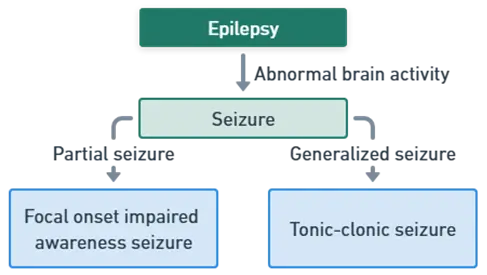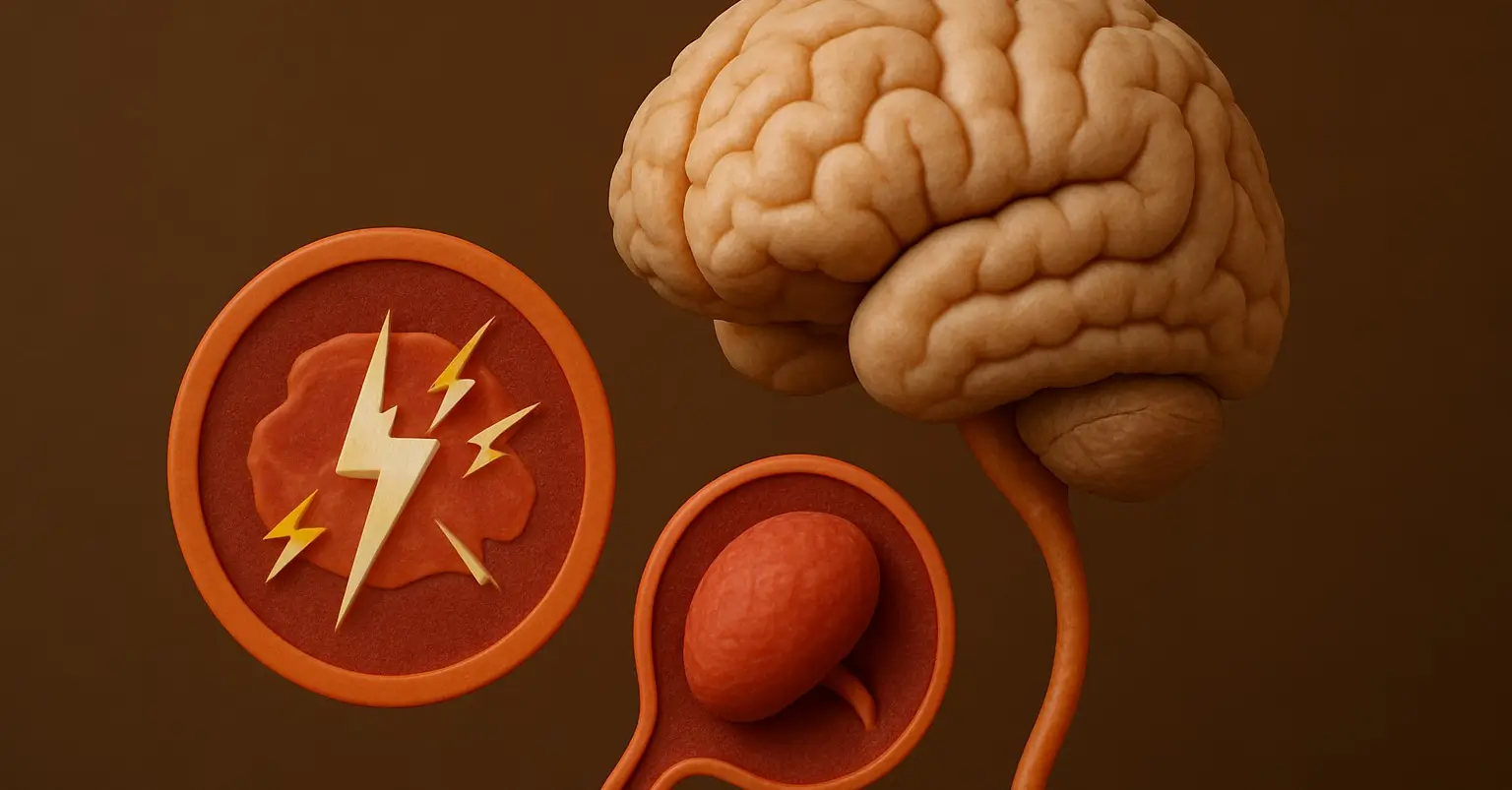- Epilepsy is a chronic neurological disorder characterized by recurrent, unprovoked seizures due to abnormal electrical activity in the brain.
- Seizures can vary in type and severity, ranging from brief lapses in attention or muscle jerks to severe and prolonged convulsions.
Causes of Epilepsy
- Genetic Factors: Certain types of epilepsy are linked to genetic mutations.
- Structural Brain Abnormalities: Brain injuries, tumors, or congenital anomalies.
- Infections: Meningitis, encephalitis, or neurocysticercosis.
- Metabolic Disorders: Conditions like hypoglycemia or electrolyte imbalances.
- Developmental Disorders: Such as autism or neurofibromatosis.
This is a sample ad placement!
Types of Seizures
-
Focal Seizures:
- Originating in a specific area of the brain.
- Simple Focal Seizures: Affect a small part of the brain and do not cause loss of consciousness.
- Complex Focal Seizures: Affect a larger part of the brain and can alter consciousness.
- Originating in a specific area of the brain.
-
Generalized Seizures:
- Affecting both hemispheres of the brain.
- Absence Seizures (Petit Mal): Brief, sudden lapses in attention.
- Tonic-Clonic Seizures (Grand Mal): Involve both tonic (stiffening) and clonic (jerking) phases.
- Myoclonic Seizures: Sudden, brief jerks or twitches.
- Atonic Seizures: Sudden loss of muscle tone.
- Tonic Seizures: Stiffening of muscles.
- Clonic Seizures: Repeated jerking movements.
- Affecting both hemispheres of the brain.
Symptoms of Epilepsy
- Temporary confusion
- Staring spells
- Uncontrollable jerking movements of arms and legs
- Loss of consciousness or awareness
- Psychic symptoms such as fear or anxiety
This is a sample ad placement!
Diagnosis
- Electroencephalogram (EEG): Records electrical activity in the brain.
- Magnetic Resonance Imaging (MRI): To identify structural abnormalities.
- Computed Tomography (CT) Scan: To detect lesions or abnormalities in the brain.
- Blood Tests: To check for underlying conditions or infections.
Pathophysiology of Epilepsy

- Abnormal Electrical Activity: Epilepsy involves excessive and abnormal electrical discharges in the brain’s neurons.
- Neuronal Hyperexcitability: Imbalance between excitatory and inhibitory neurotransmitters, often involving glutamate and GABA.
- Structural Abnormalities: Can result from brain injuries, tumors, congenital malformations, or scarring.
- Genetic Factors: Certain mutations can predispose individuals to epilepsy
This is a sample ad placement!
Treatment
- Medications: Antiepileptic drugs (AEDs) like carbamazepine, valproate, and levetiracetam.
- Surgery: For patients with drug-resistant epilepsy; includes resective surgery or implantation of a vagus nerve stimulator.
- Dietary Therapy: Ketogenic diet, especially in children with refractory epilepsy.
- Lifestyle Adjustments: Avoiding seizure triggers, ensuring adequate sleep, and stress management.
- Neuromodulation: Devices like responsive neurostimulation (RNS).
Thank you for reading from Firsthope's notes, don't forget to check YouTube videos!

